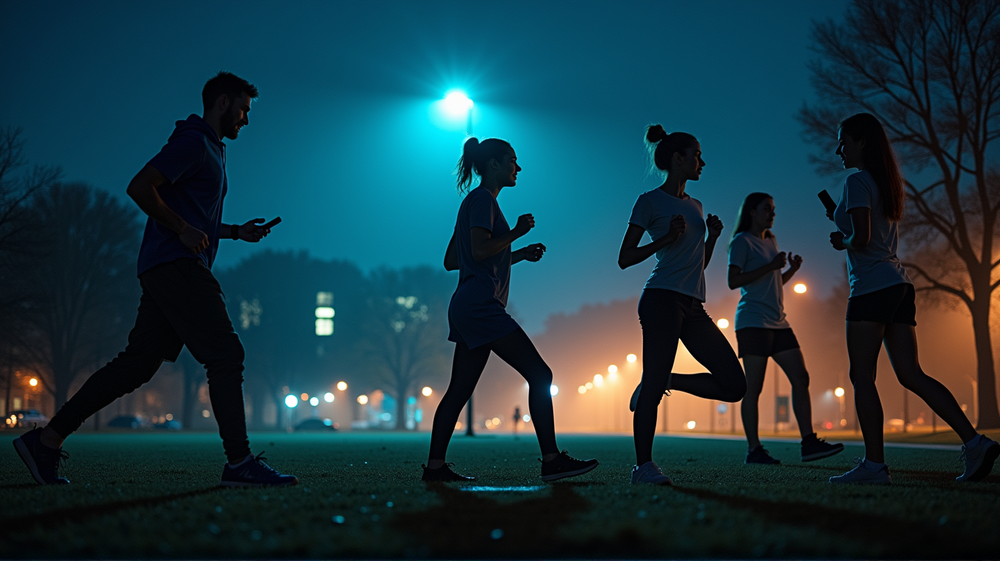How Regular Exercise Breaks the Cycle of Bedtime Procrastination
Understanding the Silent Enemy: Bedtime Procrastination
In the hustle and bustle of college life, sleep often becomes a secondary concern. Bedtime procrastination emerges as a silent enemy, impacting both mental and physical well-being of students. Recent research has highlighted its prevalence among college students, posing significant challenges to their overall health.
Physical Exercise as a Lifeline
Introducing physical exercise into daily routines has been identified as a potential lifeline to counteract bedtime procrastination. It’s more than just working out; it’s a lifestyle change. Regular physical activities have shown promising effects in reducing procrastination behaviors, although the underlying mechanisms are yet to be fully understood.
Investigating the Role of Self-Control and Mobile Phone Addiction
According to Frontiers, a study involving 1,000 students from four universities investigated how exercise impacts bedtime procrastination. The findings were clear: physical exercise increases self-control and decreases mobile phone addiction. These two factors, self-control and phone usage, act as mediators in managing procrastination.
The Science Behind the Findings
Quantitative data reveal that physical exercise is positively correlated with enhanced self-control (p < 0.001) and negatively impacts mobile phone addiction (p < 0.001). The daily engagement in physical activities helps in cultivating discipline, further aiding in reducing tendencies to delay bedtime in favor of late-night screen time.
A Chain Reaction of Benefits
The study emphasizes the resilient chain effect of physical exercise. By improving self-control, it indirectly curbs mobile phone addiction, which in turn, alleviates bedtime procrastination. This holistic approach offers an intrinsic solution to procrastination, grounded in everyday actions and choices.
Implications for a Healthier Academic Environment
With these insights, universities are encouraged to foster environments where physical activities are promoted and supported. The positive correlation between an active lifestyle and academic performance becomes evident, urging educational institutions to integrate physical health into their core missions.
Conclusion: A Call to Action
The call to action is clear. Students, educators, and parents need to rally towards incorporating regular physical exercise into daily regimens. Not only does it promise improved health, but it also holds the potential to transform sleeping patterns, making bedtime procrastination a thing of the past.




